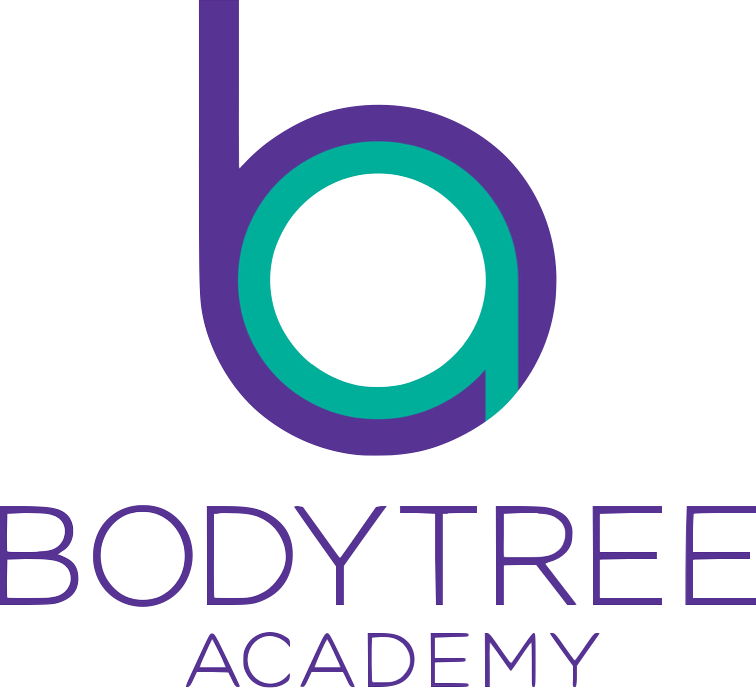Why Train Barefoot?
We sit down with three of Pilates BodyTree's Teachers; Dorcas, Jeremy and Germin and find out why Barefoot Training is important, not just for runners.
Can you introduce yourself?
Germin (G): Hello. Germin here. I have been teaching yoga since 2009 and Pilates since 2017. I have been practicing both modalities for at least 10 years and find that they really complement each other. I have also been an avid rock climbing enthusiast since 2011.
Jeremy (J): Hi, I'm Jeremy a Pilates and a Bootcamp trainer.
Dorcas (D): Hi, I'm Dorcas Leck, a Pilates teacher at Pilates BodyTree.

So you incorporate barefoot training to your practice, why is that?
(G): Barefoot training was added relatively recently in the past few years. I started because I was experiencing foot pain, very tired feet and problematic knees due to the physical requirements of my hobbies and work commute to teach classes in various locations. I was born with relatively pronated feet with a pronounced bunion on my right foot so I guess so barefoot training was long overdue for all the walking and balancing I do !
(J):Barefoot Training is included in my workout because we spend a lot of time on our feet - this includes day to day ambulation and also weights training during exercise.
(D): I incorporate barefoot training to my personal practice as many of the activities that I do are done on my two feet and dynamic in nature - such as running, dancing and the occasional tennis game - and I feel that it's important to be able to "feel the ground" that we're moving on, and definitely helps me with foot stability, single leg balance work etc.
You are a Pilates/Yoga/Bootcamp (where applicable) instructor - why is barefoot training important in these areas?
(G): Yoga is an ancient practice that is currently taught in various styles in the modern day. The way I learnt and teach it aims to create stability and a strong foundation before challenging the limits. We have a wide range of standing poses aimed at helping the practitioner to become aware of how they can use their lower body well,to support and create space in the upper body to move and breathe free. Barefoot training's specific attention to work the correct sequence of muscles from the ground up can really help the practitioner feel the difference in their yoga practice when they apply BTS principles.
(J):Since a lot of Bootcamp exercises are done on feet and that's the only contact point with the ground, barefoot training helps with weight transfer and optimizing strength output.
(D): In my experience, many clients complain of a poor sense of balance but are often wearing shoes for long hours. I personally feel that this dulls the sensitivity of our feet and our ability to "feel the ground". If we are not able to sense where we are stepping/walking on, it becomes harder to control our movements. Barefoot training teaches us to connect our deep foot stabilizers (intrinsics) and the deep core stabilizers (pelvic floor, deep rotators etc. ), which can be translated to many exercise modalities and fitness activities!
What is your TOP/must do barefoot training exercise?
(G): Once the awareness of the foot tripod has been established on both feet, the single leg deadlift or Warrior 3 is a must do for me to practice using the foot muscles to connect to the inner thighs, glutes and core connection. This exercise reveals the imbalance in strength/ flexibility between the right and left side of the body that is worth addressing. It has improved the quality and experience of my workouts, outside of yoga or pilates.
(J): For starters, I recommended 3 barefoot exercises
1. Single-leg Stance (isometric contraction on arch muscles)
2. Single leg Deadlift (Touch the floor)
3. Side lunges to single-leg stance


(D): I'll always go through the quick routine of release and shortfoot activation before every self-practice session that is lower-body focused. This sets up the foundation for all other exercises that follow.
Your advice to others in the fitness industry - why do BTS Level 1/Bare Workout certification?
(G): Regardless of what you practice or teach, you and your clients will benefit from knowing how to stand well on both one and two feet before progressing to more complex movement. I never knew that And this applies, regardless of age. It is definitely worth your investment in time and money to learn how to practice it and possibly teach it if you are in the fitness/ movement industry.
(J):BTS Level 1 teaches you the science behind Barefoot training and sequencing appropriate exercises to lead your client to do better in weight transfer and strength in a single-leg stance
Foot to Core Fascial Integration - The Science Behind (14 December 2020)
Join us for this exclusive 2 hour experience to learn more about pre-activation, “foot to core sequencing” and how this can help your clients to prevent injury and optimise performance. You will also be treated to a special Barefoot Workout Class by EBFA Global Master Instructor, Alycia Chua, as she explores integrating science with movement. Register here!
